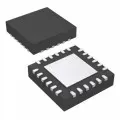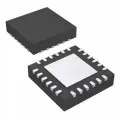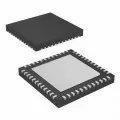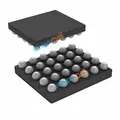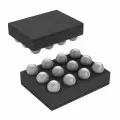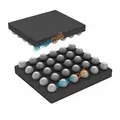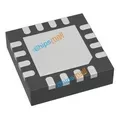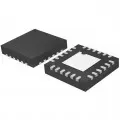OUTLINE:
HDMI RF Modulators: From Basics to Advanced
 209
209The HDMI RF modulator is a super practical tool that converts digital HDMI signals into analog RF signals, so you can easily transmit audio and video using coaxial cables.
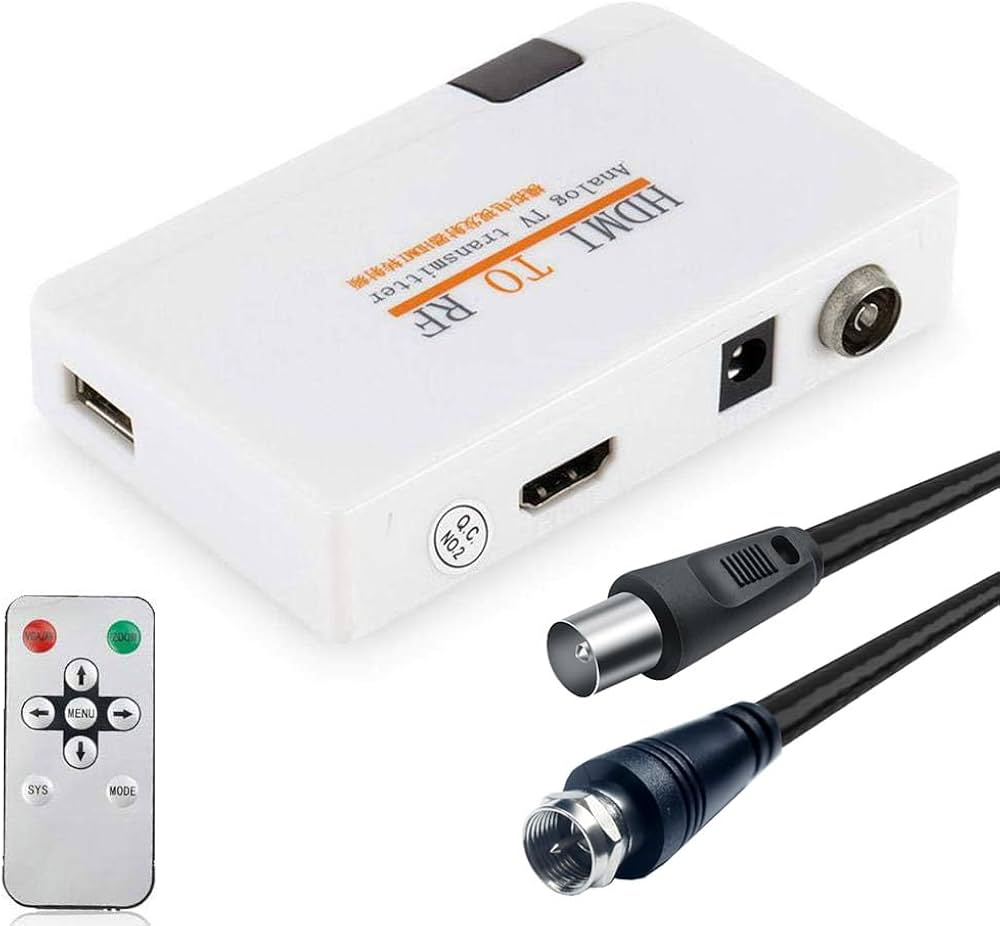
Image Source: Amazon.com
Whether you are an enthusiast who loves technology and wants to optimize home entertainment systems, or a professional who specializes in installation in commercial settings, understanding how these small gadgets operate is important.
In this guide, we will start with the most basic knowledge, talk about the advanced functions of HDMI RF modulators, and give you some practical suggestions to help you play with these small tools.
A Quick Review: What Is A HDMI RF Modulator
HDMI RF modulator, in other words, is something that converts HDMI signals into radio wave signals. With it, you can use the same coaxial cable as before to transmit high-definition signals to old TVs or devices without HDMI ports. It's like opening a "backdoor" for old TVs, allowing them to receive HDMI video and sound through the same port that was originally connected to the antenna or cable TV, and play it like a TV channel.
Key Benefits of Using An HDMI RF Modulator for Home Entertainment Systems
Upgrading home entertainment systems with HDMI RF modulators has many benefits, especially when you want to mix old and new technologies together. Here are a few main advantages:
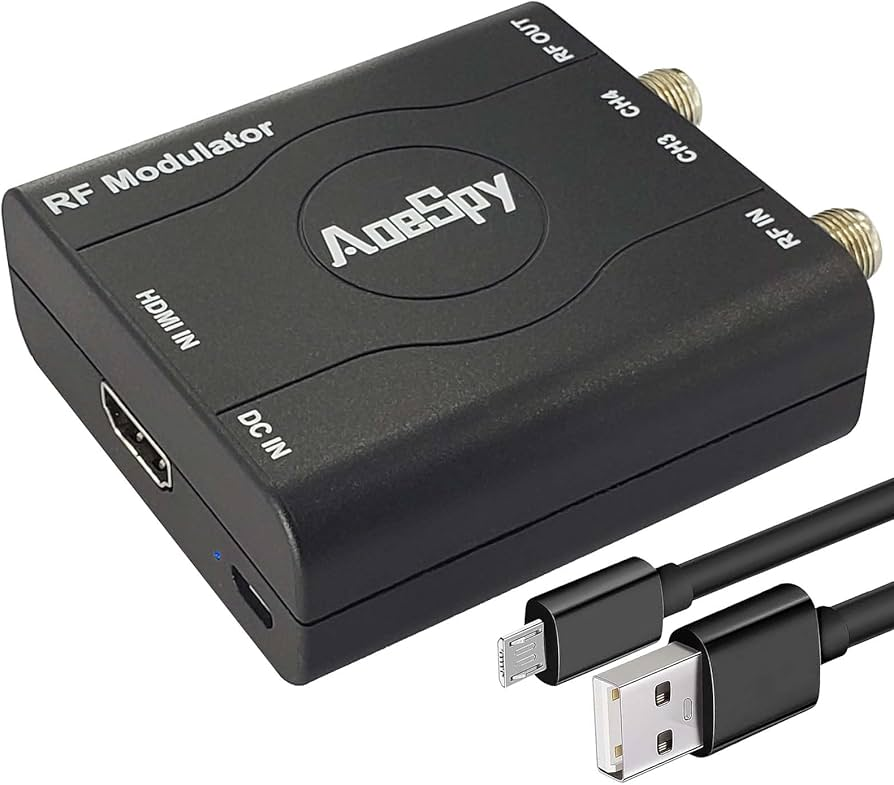
Image Source: Amazon.com
1. Old TVs can also be used
The old TVs at home that don't have HDMI ports but are still quite useful now have HDMI RF modulators, allowing high-definition content to be viewed through coaxial cables. This way, you don't have to spend a lot of money upgrading your TV or buying a bunch of adapters.
2. Centralized signal distribution
The HDMI RF modulator can send signals from one HDMI source (such as streaming devices, Blu ray players, or game consoles) to multiple televisions in the home through coaxial cables. For friends with multiple rooms and televisions at home, this feature is particularly practical.
3. Save money and worry
If coaxial cables have already been laid out at home for connecting cable TV or antennas, then using an HDMI RF modulator can directly distribute high-definition content without having to unplug the HDMI cable or install a new cable. In this way, old devices can also be put to new use.
4. The signal is transmitted far away
The coaxial cable used for HDMI RF modulators can transmit signals over a much longer distance than HDMI cables, and the quality is not significantly reduced. So, even the equipment in different rooms or floors is particularly convenient.
5. Multi screen viewing
With RF modulators, televisions in different rooms at home can watch the same content. When watching live broadcasts or home movies, multiple screens can be played together, eliminating the need for each screen to be equipped with a streaming device.
6. Customize TV Channels
The HDMI RF modulator also allows you to set a custom TV channel for the HDMI signal. You can tune to that channel on any TV you want to watch the content from the HDMI source, just like watching cable TV before.
7. Easy installation
Using an HDMI RF modulator is particularly simple. Just connect the HDMI source and tune the TV to the designated RF channel. In this way, it can quickly integrate into the home system and is particularly user-friendly.
8. Old games and old media can also be compatible
For friends who like nostalgic game consoles or DVD players without HDMI output, RF modulators are the best solution for connecting to new systems, which can be done through a common channel.
How can An HDMI RF Modulator Improve the Quality of your Audio and Video Signals
The HDMI RF modulator can indeed help a lot when transmitting audio and video signals to old systems, but it should be understood that it does not directly improve the quality of the original signal, but rather allows high-definition (HDMI) signals to be transmitted further over coaxial cables without much degradation. Here's how it helps you maintain and sometimes improve the overall quality of audio and video:
Old devices can also be converted from digital to analog
Maintain quality: HDMI transmits high-definition audio and video signals, but older TVs or systems may only have RF (coaxial) interfaces, which are analog. The HDMI RF modulator can convert HDMI signals into RF signals while minimizing degradation, allowing older devices to display good audio and video effects, especially compared to poor quality AV or composite connections.
Long distance transmission of signals is more stable
Reduce signal loss: HDMI cables have limited transmission distance, and signals may weaken beyond approximately 50 feet, requiring the use of amplifiers or repeaters. But coaxial cable can transmit RF signals over a much longer distance without much degradation. Therefore, HDMI RF modulators are particularly suitable for transmitting signals in large houses or multiple rooms, ensuring consistent long-distance transmission quality.
More consistent signal distribution
Reduce interference: By using coaxial cables and RF modulators, all connected TV signals at home have the same signal quality. Coaxial cables have shielding layers that are less susceptible to electromagnetic interference, resulting in more stable audio and video quality and clearer signals.
Old devices can also play high-definition content
High definition compatibility: The RF modulator converts HDMI signals into analog format, but if both the modulator and TV quality are good, it can still transmit 720p or even 1080p high-definition content. This is a significant improvement in image quality compared to the standard definition signals typically only transmitted by RF interfaces.
HDMI input improves sound quality
Clearer audio: HDMI supports advanced audio formats such as Dolby Digital and DTS. Although RF modulators may not guarantee all high-end audio features, the sound quality is still better compared to old-fashioned analog stereo or mono. If the RF modulator supports stereo sound, the transmitted sound will be much clearer than old-fashioned AV or RF connections, and the sound quality will be even better.
Support multiple devices
Avoid multiple conversions and degradation: Some settings require multiple adapters or converters to connect modern devices to an old TV, and each signal conversion may result in a degradation. By using an HDMI RF modulator, the number of conversions can be reduced while maintaining the integrity of the original HDMI signal as much as possible.
Less compression than standard RF signals
Reduce signal compression: The standard RF signal used in traditional television broadcasting often reduces the quality of low-frequency video due to compression. However, HDMI RF modulators transmit high-quality HDMI signals with relatively less compression, resulting in clearer images and clearer sound.
Multi room setup is more efficient
Uniform TV signal quality: If you want to transmit HDMI content to multiple rooms, the modulator can ensure that the audio and video quality of all TVs is the same, with no significant difference in signal strength and clarity.
What Are the Differences between HDMI RF Modulators and Traditional RF Modulators
HDMI RF modulators and traditional RF modulators can both convert signals into formats that can be transmitted through coaxial cables (i.e. RF signals), but the input types they accept and the output quality they provide can vary greatly. Let's talk about the main differences between them:
Input type
HDMI RF modulator: It consumes HDMI signals, which are digital and contain both high-definition video and audio. Then, the HDMI RF modulator will convert this signal into RF format for transmission through coaxial cable.
Traditional RF modulators typically use analog inputs, such as composite signals with yellow, red, and white wires, or sometimes S-Video. These are standard definition video and analog audio signals.
Signal quality
HDMI RF modulator: transmits high-definition (HD) video and audio. The resolution of HDMI signals can reach 1080p or even higher, depending on the modulator, as the image and sound quality is much better than old-fashioned analog systems.
Traditional RF modulators transmit standard definition (SD) video and audio, with a maximum resolution of 480i (SD). Because the input is an analog signal, the output quality is also limited and cannot be compared to HDMI.
Digital and Analog
HDMI RF modulator: converts digital HDMI signals (both video and audio) into analog RF signals while maintaining their original flavor as much as possible. This modulator may also support high-definition video and multi-channel audio, depending on how it is designed.
Traditional RF modulators: All work involves analog signals. It converts analog videos (such as composite videos) into analog RF signals, which experience more significant signal attenuation compared to digital signals.
Video resolution and audio support
HDMI RF modulator: Supports high resolution, such as 720p or 1080p (HD), and can also handle modern audio formats, such as stereo or 5.1 surround sound (depending on modulator capability). This way, the image is clear and the sound is also great.
Traditional RF modulators: They only support standard definition resolution (such as 480i), and the audio is usually mono or stereo. The result is low image quality and not enough immersive sound.
Equipment compatibility
HDMI RF modulator: It works well with modern devices such as Blu ray players, game consoles, streaming devices, and modern set-top boxes, all of which output HDMI signals. With it, you can transmit these HDMI signals through old-fashioned RF infrastructure (coaxial cables).
Traditional RF modulators: mainly used in conjunction with old devices such as video recorders, DVD players, and old game consoles with composite (RCA) or S-Video outputs. It is mainly used to connect these old devices to televisions with only RF input.
Signal distribution
HDMI RF modulator: Especially suitable for transmitting high-definition content to multiple televisions at home or in commercial environments. It can transmit high-quality signals over long distances through coaxial cables, while maintaining the original signal quality.
Traditional RF modulators mainly transmit standard definition signals. Although video can also be transmitted through coaxial cables, the quality is low and not suitable for transmitting high-definition content.
Usage scenarios
HDMI RF modulator: used in modern home entertainment systems, enterprises, hotels, schools, and other places where high-definition content needs to be transmitted through existing coaxial infrastructure. It is a solution used to connect new HDMI devices with old TVs or systems that only have RF input.
Traditional RF modulators: More common in old technologies and settings where analog inputs are mainstream. Previously, it was commonly used to connect devices such as video recorders and old game consoles to televisions with only RF input.
Price
HDMI RF modulator: Generally more expensive because it requires converting digital HDMI signals into RF while maintaining high-definition quality, which is a complex process. These devices often have advanced features such as selectable channels and enhanced output options.
Traditional RF modulators: cheaper because they only need to convert analog signals into RF, which is much simpler. These modulators are usually basic devices with few functions.
Audio processing
HDMI RF modulator: Depending on the model, some can transmit high-quality digital audio (such as surround sound) and are compatible with modern audio formats. If necessary, it can also reduce the audio to analog RF output.
Traditional RF modulators: They only support analog audio, usually mono or stereo, and the sound quality is far inferior to HDMI RF modulators.
Technology
HDMI RF modulator: uses digital to analog conversion technology to convert high-definition digital format (HDMI) into RF signals while preserving the original signal quality as much as possible.
Traditional RF modulator: directly converts analog video/audio signals into RF format, maintaining the inherent low resolution and signal quality of analog signals.
What Troubleshooting Tips can Help if your HDMI RF Modulator isn't Working Correctly

Image Source: Highleap Electronic
Check the Power Supply: Make sure the modulator is plugged in and getting power. Some modulators have a little light that shows they’re on. If that light isn’t on, there might be something wrong with the power.
Double-Check the Connections:
Make sure the HDMI cable is tightly connected to both the thing you’re watching from (like a Blu-ray player or computer) and the modulator.
Also, check that the coaxial cable is securely hooked up from the modulator to the TV.
Try Different Cables: Sometimes the HDMI or coaxial cables can be bad. Swap them out with other cables to see if that fixes the problem.
Set the Right Channels: Make sure both the modulator and TV are on the same channel. The modulator sends out a signal on a specific channel, and the TV needs to be set to that same channel.
Check the Source Device: Make sure the device connected to the modulator is sending video through HDMI and working right. You can test this by plugging the HDMI cable directly into a TV.
Resolution Matching: Make sure the HDMI source’s resolution matches what the modulator can handle. Some modulators only work up to 1080p or 720p, so if your source is set to 4K, it might not work.
Test on Another TV: Plug the RF cable into another TV to see if the problem is with the modulator or the TV itself.
Boost the Signal: If you’re sending the signal a long way, it might get weaker. Try using a signal booster to make it stronger.
Check for Updates: Some modulators might have updates that fix problems or make them work better with other stuff. Look on the manufacturer’s website to see if there are any updates.
Reset the Modulator: Try resetting the modulator to how it was when you first got it. This can sometimes fix settings issues.
Final Verdict
Mastering HDMI RF modulators requires a solid understanding of both the fundamental and advanced aspects of signal transmission. By familiarizing yourself with the basic setup, including proper connections and channel settings, you can ensure smooth operation. Advanced troubleshooting techniques, such as managing resolution compatibility and optimizing signal strength, help to resolve issues that may arise. With a focus on proper installation, periodic maintenance, and firmware updates, you can fully harness the potential of your HDMI RF modulator, ensuring reliable performance for various applications.

Disclaimer: The views and opinions expressed by individual authors or forum participants on this website do not represent the views and opinions of Chipsmall, nor do they represent Chipsmall's official policy.

share this blog to:


